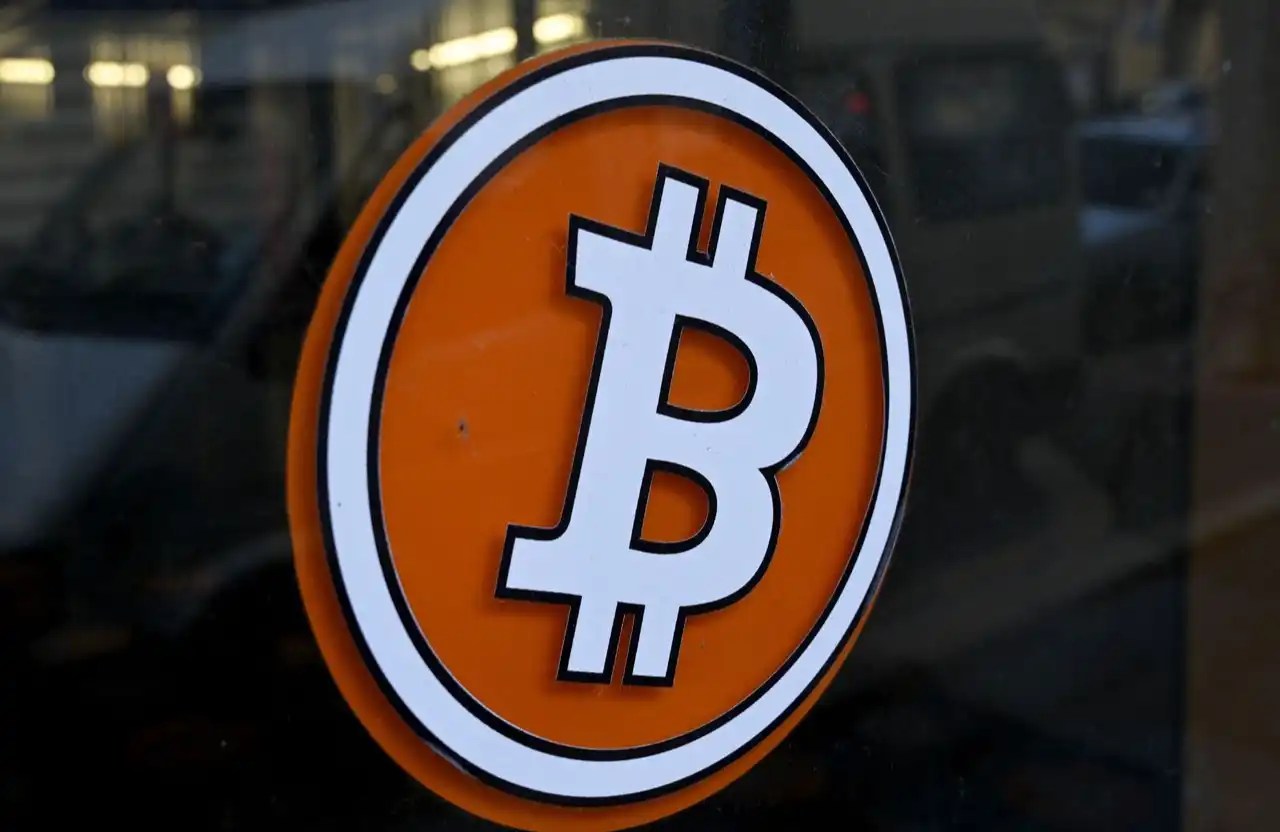Is $28 a Realistic XRP Price Target by 2026? A Deep Dive into Technical, Regulatory, and Adoption Dynamics
- XRP's $28/2026 target depends on regulatory clarity, institutional adoption, and technical momentum after SEC lawsuit resolution. - Post-2025 ruling triggered 7% price surge to $3.56, with ETF approval potentially driving $4-8B inflows via Standard Chartered estimates. - Whale accumulation of 1.2B XRP and ODL adoption in emerging markets signal utility-driven transition from speculative asset. - Technical analysis shows $2.95 support/critical breakout level, with $3.05 threshold validating bullish case t
The question of whether XRP can realistically reach $28 by 2026 hinges on a delicate interplay of technical momentum, regulatory progress, and real-world adoption. While the $28 target may seem ambitious, a nuanced analysis of XRP's fundamentals and market dynamics reveals a compelling case for cautious optimism.
Regulatory Clarity: A Game-Changer for Institutional Adoption
The resolution of Ripple's long-standing legal battle with the SEC in August 2025 marked a watershed moment. By affirming that XRP is not a security in secondary sales, the ruling removed a critical overhang, enabling U.S. exchanges to relist XRP and paving the way for spot XRP ETFs. This regulatory clarity has already spurred a 7% price surge to $3.56 in Q3 2025, signaling renewed institutional and retail interest.
For XRP to scale toward $28, further regulatory tailwinds—such as the approval of a U.S. spot XRP ETF—could act as a catalyst. Standard Chartered estimates such an ETF could attract $4–$8 billion in inflows within its first year, directly boosting demand. However, investors must remain vigilant: regulatory landscapes remain fluid, and any reversal in sentiment could disrupt this trajectory.
Institutional Adoption: Building a Utility-Driven Narrative
XRP's core value proposition lies in its utility for cross-border payments. Ripple's On-Demand Liquidity (ODL) service has gained traction in emerging markets like Southeast Asia and the Middle East, where XRP's speed and low cost outperform traditional banking systems. The launch of RLUSD, a stablecoin backed by BNY Mellon, further strengthens Ripple's ecosystem, creating a bridge for institutions to transition between fiat and XRP.
Institutional confidence is also reflected in on-chain data. Whale accumulation has surged, with $17.6 million in net inflows reported in early August 2025. Large wallets have absorbed 1.2 billion XRP over 90 days, signaling strategic positioning. These metrics suggest that XRP is transitioning from speculative hype to a utility-driven asset, a critical shift for long-term sustainability.
Technical Momentum: Key Levels and Patterns
From a technical perspective, XRP is at a pivotal juncture. As of August 2025, the asset is trading in a symmetrical triangle pattern, with support at $2.95 and resistance at $3.60. A breakout above $3.05 would validate the bullish case, targeting Fibonacci retracement levels at $3.1674 and $3.35. A sustained close above $3.59 could then propel XRP toward $4.63 and beyond.
However, a breakdown below $2.95—particularly to $2.74—could invalidate the bullish thesis, dragging the price toward $2.50. The Relative Strength Index (RSI) near 40 and a “strong buy” MACD signal suggest buyers are testing support, but volume remains a critical factor.
Balancing Hype and Fundamentals
While speculative narratives often drive short-term volatility, XRP's fundamentals are increasingly robust. The XRP Ledger's (XRPL) March 2024 AMM upgrade has improved liquidity and efficiency, reducing slippage for high-volume transactions. Meanwhile, Ripple's strategic supply management—unlocking 1 billion XRP while relocking 700 million—has stabilized the market compared to previous cycles.
Yet, the $28 target requires exponential growth from current levels. To achieve this, XRP would need to:
1. Sustain a 300% increase in market cap from $144.7 billion to $434 billion.
2. Attract sustained institutional inflows beyond current $17.6 million weekly averages.
3. Maintain regulatory clarity and avoid new legal challenges.
Strategic Entry Points for Investors
For investors considering XRP, key levels to monitor include:
- $2.95–$3.00: A critical support zone. A retest here could trigger a rebound to $4.40–$4.62.
- $3.1674 (61.8% Fibonacci retracement): A breakout here would validate the bullish case.
- $3.35–$3.59: A sustained close above this range could target $5.67 and beyond.
Strategic entry points may emerge during consolidation phases, particularly if XRP stabilizes above $2.95 with strong volume. However, investors should avoid overexposure to short-term volatility and focus on long-term utility-driven growth.
Conclusion: A Realistic but Conditional Target
The $28 price target for XRP by 2026 is not a certainty, but it is plausible under the right conditions. Regulatory clarity, institutional adoption, and technical momentum all align to support this trajectory. However, success depends on maintaining current adoption trends, avoiding regulatory setbacks, and executing a successful ETF rollout.
For investors, the key is to balance optimism with caution. XRP's journey to $28 will require patience, a focus on fundamentals, and a willingness to adapt to evolving market dynamics. As the crypto landscape matures, XRP's unique position in cross-border payments and institutional infrastructure may yet justify its lofty price targets.
Disclaimer: The content of this article solely reflects the author's opinion and does not represent the platform in any capacity. This article is not intended to serve as a reference for making investment decisions.
You may also like
After bitcoin returns to $90,000, is Christmas or a Christmas crash coming next?
This Thanksgiving, we are grateful for bitcoin returning to $90,000.

Bitcoin security reaches a historic high, but miner revenue drops to a historic low. Where will mining companies find new sources of income?
The current paradox of the Bitcoin network is particularly striking: while the protocol layer has never been more secure due to high hash power, the underlying mining industry is facing pressure from capital liquidation and consolidation.

What are the privacy messaging apps Session and SimpleX donated by Vitalik?
Why did Vitalik take action? From content encryption to metadata privacy.

The covert war escalates: Hyperliquid faces a "kamikaze" attack, but the real battle may have just begun
The attacker incurred a loss of 3 million in a "suicidal" attack, but may have achieved breakeven through external hedging. This appears more like a low-cost "stress test" targeting the protocol's defensive capabilities.
